#margaret of York
Explore tagged Tumblr posts
Text










Reused Costumes
Costumes from Maximilian: Das Spiel von Macht und Liebe (Maximilian and Marie de Burgogne) reused in The White Princess | Part 01 of 04.
#Maximilian Das Spiel von Macht und Liebe#Maximilian#Maximilian and Marie de Burgogne#The White Princess#period drama#perioddramaedit#costume drama#costumes#costumesource#reused costumes#1400s#15th century#Mary of Burgundy#Elizabeth of York#Margaret Pole#Margaret of York#Bishop de Clugny#Cecily of York#Jasper Tudor#Georg Rudolfer
27 notes
·
View notes
Text


(l-r, the Palatine Crown, the coronet of Margaret of York)
#blanche of england#anne of bohemia#margaret of york#polls#please remember that blanche died long LONG before the wotr so don't make this a york v lancaster thing
161 notes
·
View notes
Photo








↳ richard iii of england + alphabet
#richard iii#aneurin barnard#the white queen#house york#house plantagenet#history#english history#twq#richard iii of england#anne neville#cecily of york#edward iv#george plantagenet#elizabeth woodville#richard of york#henry vii#margaret of york#john de la pole#historyedit#twqedits*#alphabet*#my gifs#creations*
408 notes
·
View notes
Text
Royal Reads: Jan-Mar 2024
Note: Some of the following links are affiliate links, which means I earn a commission on every purchase. This does not affect the price you pay.
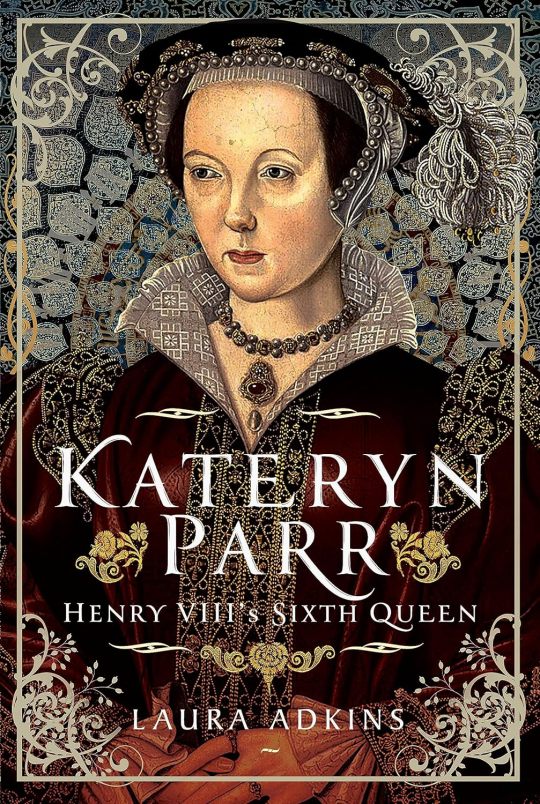

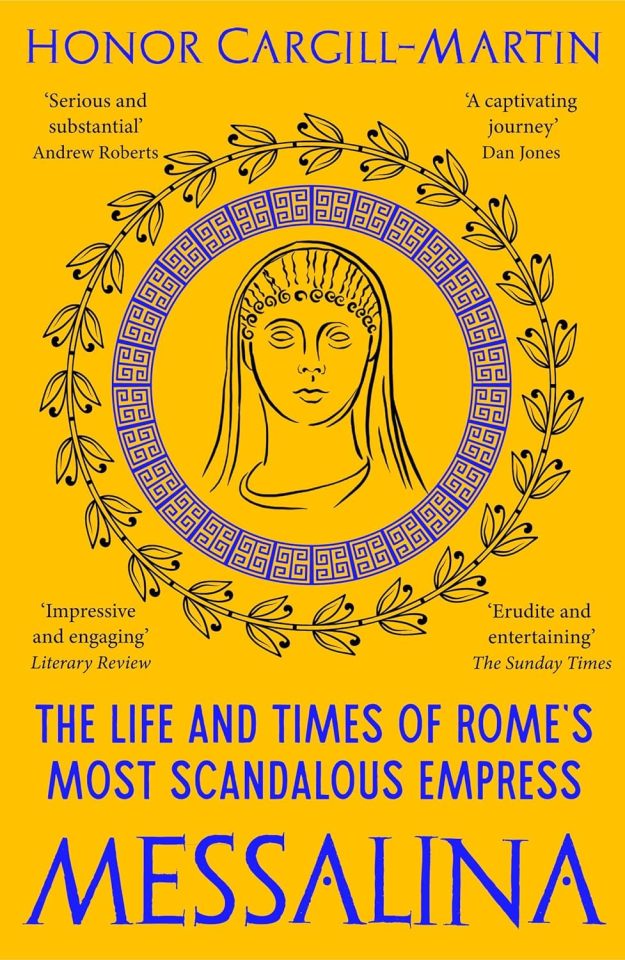
Kateryn Parr: Henry VIII's Sixth Queen by Laura Adkins (Mar. 15, 2024) // Anne Boleyn & Elizabeth I: The Mother and Daughter Who Changed History by Tracy Borman (new paperback version published Mar. 7, 2024) // Messalina: The Life and Times of Rome’s Most Scandalous Empress by Honor Cargill-Martin (Mar. 14, 2024)
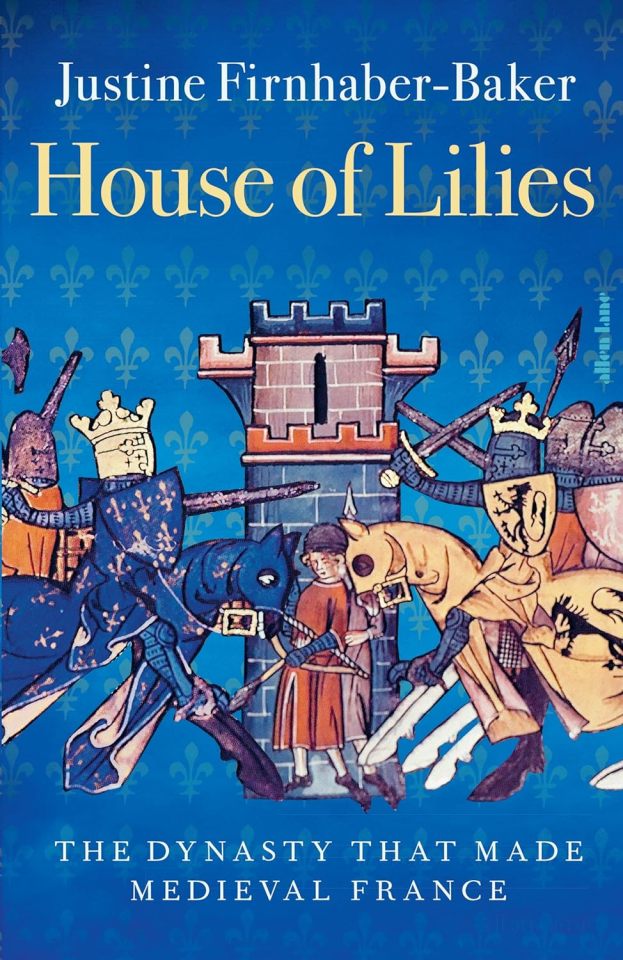
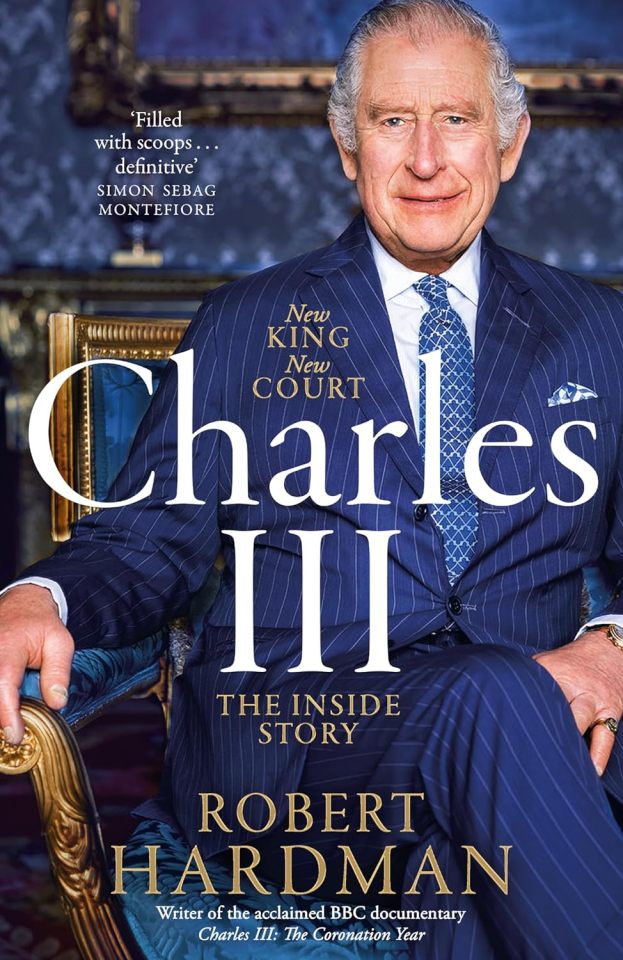
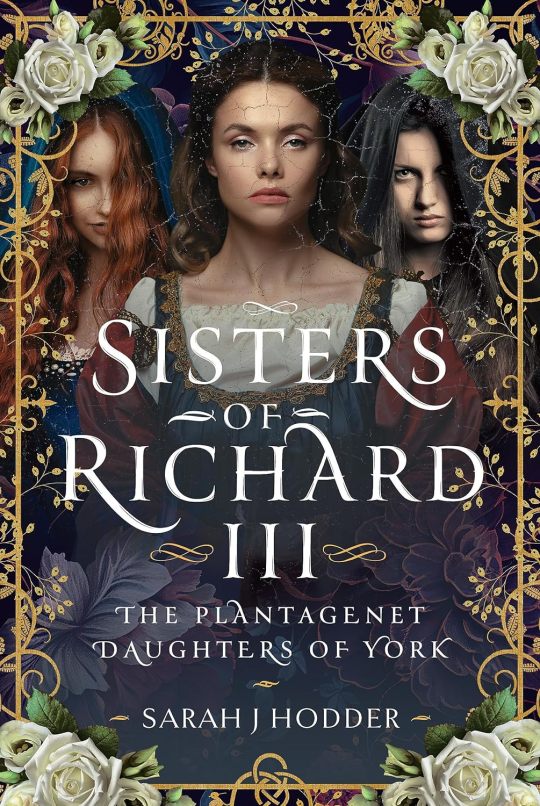
House of Lilies: The Dynasty that Made Medieval France by Justine Firnhaber-Baker (Mar. 28, 2024) // Charles III: New King. New Court. The Inside Story. by Robert Hardman (Jan. 18, 2024) // Sisters of Richard III: The Plantagenet Daughters of York by Sarah J Hodder (Mar. 15, 2024)
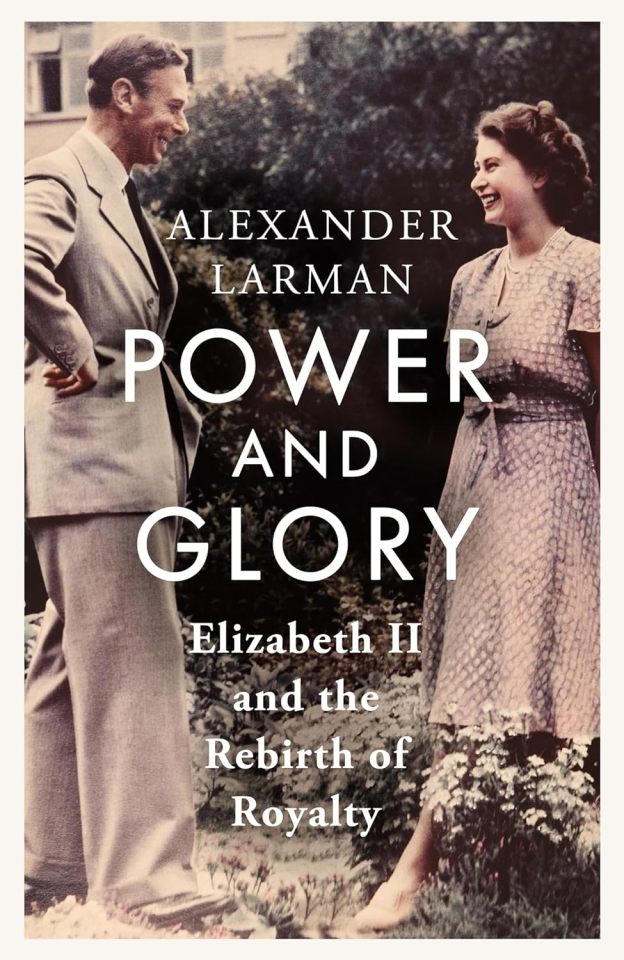
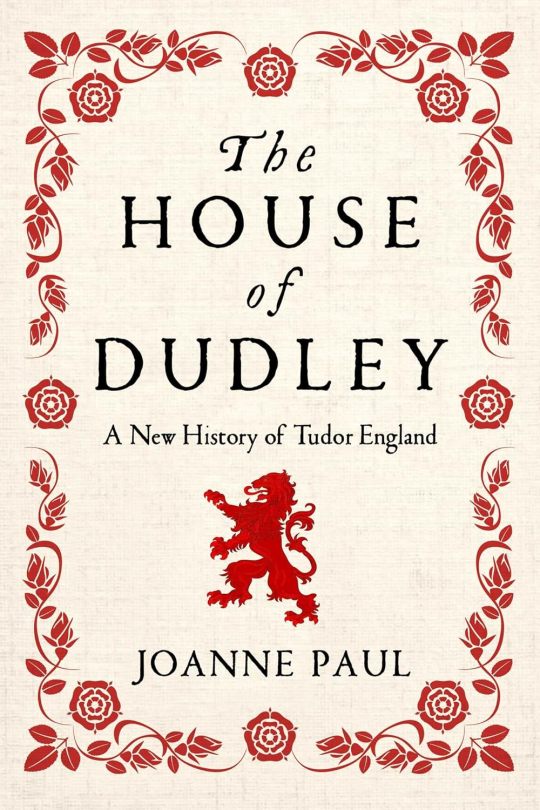
Power and Glory: Elizabeth II and the Rebirth of Royalty by Alexander Larman (Mar. 28, 2024) // The House of Dudley: A New History of Tudor England by Joanne Paul (new paperback version published Jan. 9, 2024)
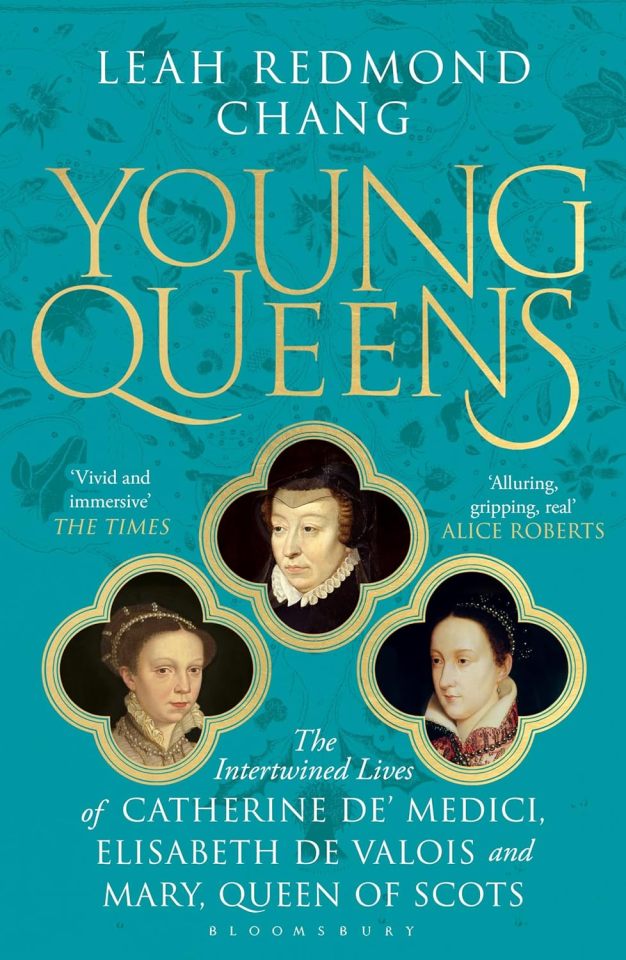
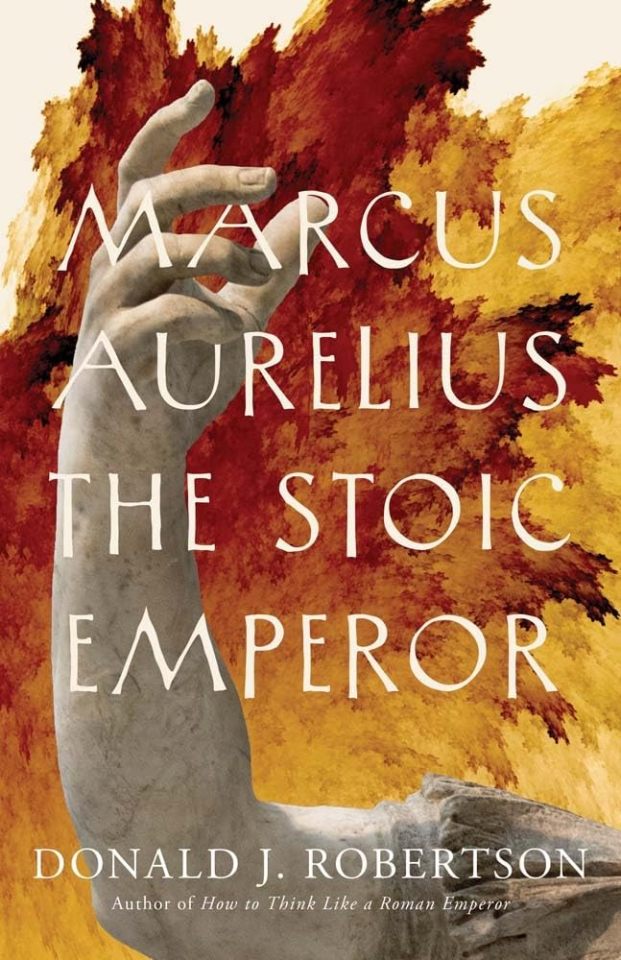
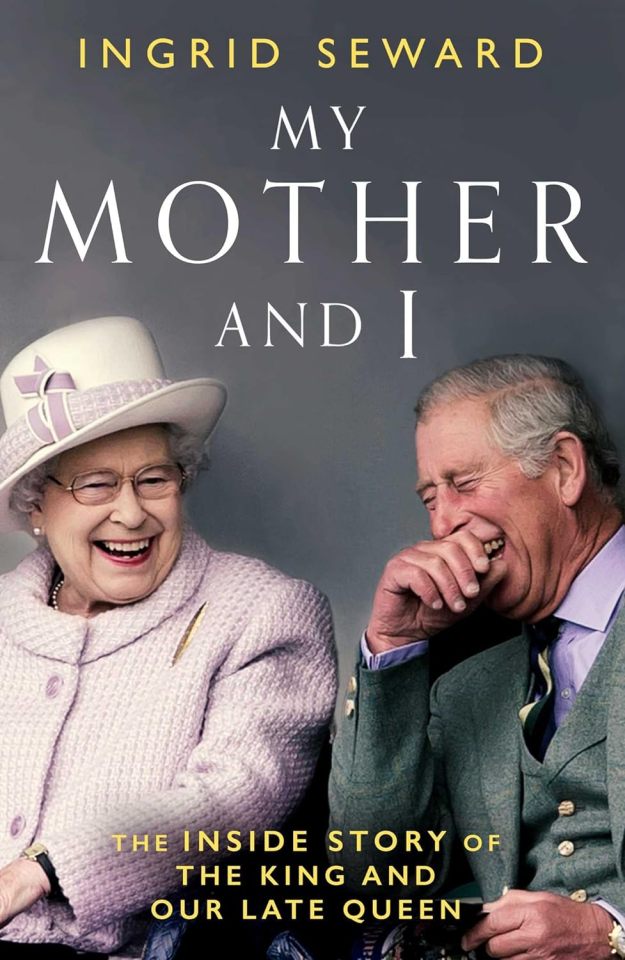
Young Queens: The Intertwined Lives of Catherine De' Medici, Elisabeth de Valois, and Mary, Queen of Scots by Leah Redmond Chang (new paperback version published Feb. 29, 2024) // Marcus Aurelius: The Stoic Emperor by Donald J. Robertson (Mar. 26, 2024) // My Mother and I by Ingrid Seward (Feb. 15, 2024)
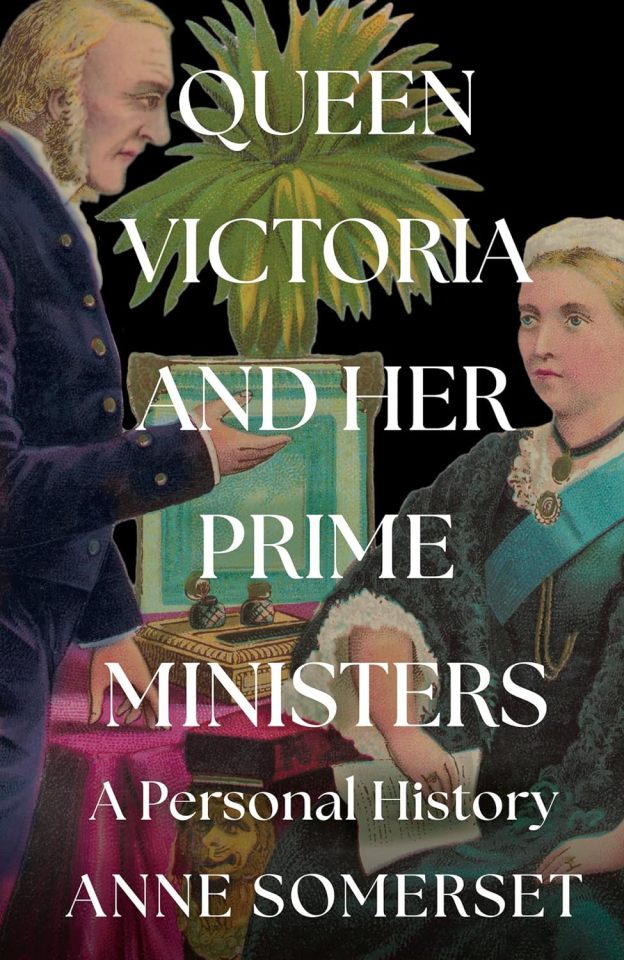
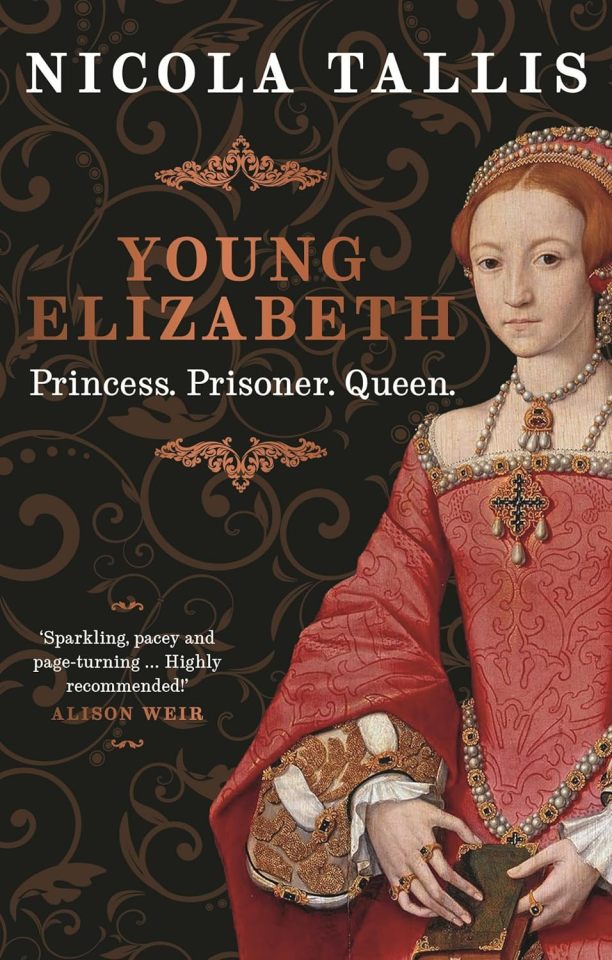
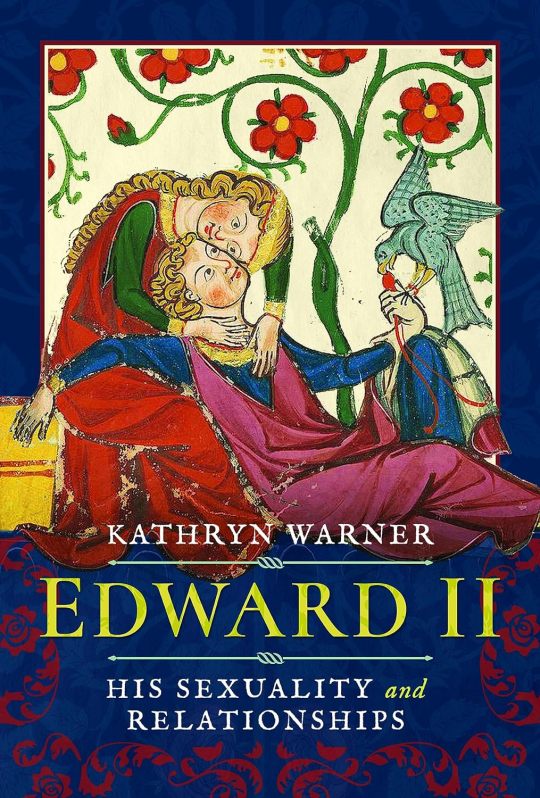
Queen Victoria and her Prime Ministers: A Personal History by Anne Somerset (Mar. 28, 2024) // Young Elizabeth: Princess. Prisoner. Queen. by Nicola Tallis (Feb. 29, 2024) // Edward II: His Sexuality and Relationships by Kathryn Warner (Mar. 15, 2024)
#literature#affiliate links#catherine parr#anne boleyn#elizabeth i#valeria messalina#king charles iii#anne of york#elizabeth of york#margaret of york#queen elizabeth ii#catherine de medici#isabel de valois#mary queen of scots#marcus aurelius#queen victoria#edward ii
31 notes
·
View notes
Text

Favourite medieval princesses (2/10):
Margaret of York, Duchesse de Bourgogne.
#plantagenet dynasty#plantagenets#plantagenet#plantagenet edit#house of york#wars of the roses#medieval england#medieval aesthetic#margaret of York#Margaret of Burgundy#Margaret of England#Margaret Plantagenet
14 notes
·
View notes
Text
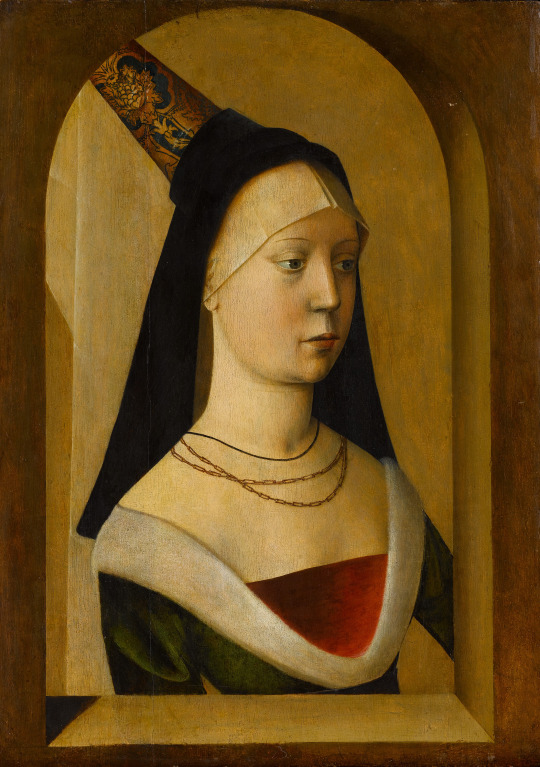
Netherlandish/French, 15th century Portrait of a Lady ca.1470-80 The Metropolitan Museum of Art
Previous scholarship offers two unconvincing suggestions as to the sitter's identity: Margaret of York (1446 -1503), Duchess of Burgundy, and Mary of Burgundy (1457 -1482), Margaret's stepdaughter. The picture remains without a secure attribution, preserving, somewhat unfortunately, the air of mystery surrounding the portrait.
#netherlandish#netherlands#1400s#art#european history#european art#fine art#classical art#europe#european#oil painting#fine arts#europa#mediterranean#france#french#french art#netherlandish art#margaret of york#mary of burgundy
29 notes
·
View notes
Note
Hello friend I have a question
What was Charles The bold motivation
What was Isabella of bourbon’s motivation and Margaret of York.
Charles wanted to become the second Alexander the Great, and in his quest to achieve greatness he sometimes neglected too many things.
Isabelle de Bourbon, on the other hand, wished her husband not to risk his life and even once she begged him not to leave to a particularly perilous battle, which he ignored.
As for Margaret of York, having not developed a significant bond with the duke, and having not birthed him a son -there is a certain possibility that they marriage was not even consummated, but I don’t believe it, although I think Charles did not attend his wife as much as he should have, which probably derived in the lack of heirs- she tried to find a worthy match for her beloved stepdaughter Mary, and o when Charles perished in Nancy, she made sure to hastily wed Mary to Maximilian I, then archduke and heir to the Holy Roman Emperor. She was also a patron of arts and culture while Duchess of Burgundy.
:)
#Charles the Bold#isabelle de bourbon#Margaret of York#House of Valois#House of Bourbon#House of York#duke of burgundy#mary of burgundy#House of Hapsburg#Maximilian I
3 notes
·
View notes
Text

“It would be nice if they produced a TV series or movie about Margaret of York, Duchess of Burgundy. She was one of the most interesting women of the 15th century.” - Submitted by Anonymous
23 notes
·
View notes
Text
"Margaret (of York, Duchess of Burgundy) left Bruges on 24 June and was in England for more than three months. She travelled with a large retinue headed by Guillaume de Baume and the embassy included two officials who were well-known to her, Thomas Plaines and Jean Gros, the treasurer of the Order of the Golden Fleece. She received aides from the Estates to cover her expenses with the Hainault Estates contributing 4,000 livres. Her mission had several goals, but the immediate need was to obtain some military help in the form of English archers to reinforce Maximilian’s hard pressed armies. ... King Edward sent Sir Edward Woodville, the Queen’s younger brother, aboard the royal ship ‘Falcon’ to bring his sister across the Channel. It was twelve years since she had sailed to her marriage. Sir Edward had been part of her marriage party and he had won the honours in the famous joust of the Golden Tree. This time Margaret took the shorter route from Calais to Gravesend, where she was received by Sir John Weston, the Prior of the Knights of St John. She then transferred to a royal barge which had been sent to bring her up the Thames to London. The barge was specially refitted for the occasion. The master and the twenty-four oarsmen had been supplied with new liveries in the Yorkist colours of murrey and blue with white roses embroidered on their jackets. The knights and squires who formed the escort of honour wore fine black velvet jackets which were decorated with a pattern of silver and purple. Two residences had been prepared for Margaret’s use, the palace at Greenwich where she had spent so much time before her marriage, and the London house of Coldharbour near her mother’s home at Baynard’s Castle. New beds with red and green hangings had been sent up to the Coldharbour house and the finest bedlinens and coverlets had been ordered. Curtains, screens and tapestries were provided for both the houses, including a piece of arras which depicted the story of Paris and Helen. For her travel during her stay in England, Margaret was sent ten ‘hobbeys and palfreys’ all newly harnessed and caparisoned in rich saddle cloths. The King encouraged everyone to be generous towards his sister and used ‘right large language’ with the Archbishop of Canterbury who failed to offer Margaret a gift. His own final present to his sister was a luxurious pillion saddle in blue and violet cloth of gold, fringed with ‘Venetian gold’ thread.
While she was in England, Margaret renewed her contacts with all her old friends and family. She was received by the Queen and introduced to her royal nephews and nieces. Her youngest brother Richard, Duke of Gloucester, who was busy dealing with Scottish incursions in the north, made time to come south to see his sister, and the King gave a state banquet at Greenwich in honour of Margaret and their mother, the old Duchess Cecily. It was also attended by Margaret’s sister Elizabeth, Duchess of Suffolk. It seems that Margaret admired the wine, for on the day after the banquet, Edward sent her ‘a pipe of our wine’ valued at 36s 8d. As well as enjoying the company of her living family, Margaret could not have failed to remember all her dead relations. It was perhaps with a chantry in mind that she persuaded Edward to introduce the reformed Order of the Observant Friars into England. Soon after her departure the King sent for the Vicar-General of the Order and offered him a site for their new monastery near to the palace of Greenwich. Building began in 1482 and the abbey chapel was dedicated to the Holy Cross. Was the dedication in honour of Margaret, and does it provide further evidence of her connection with Waltham Abbey? ... Well satisfied that the negotiations were at last completed, Margaret prepared to leave London. She paid a farewell visit to the city where she was presented with a purse containing £100. She then set off for the coast accompanied by her brother Edward who had decided to see her on her way. ... The Dowager passed a week in Kent visiting the shrine of St Thomas à Becket and staying on the private estates of Anthony Woodville, Lord Rivers. These two bibliophiles must have had much in common especially now that Rivers was the patron of Margaret’s former protégé, William Caxton. No doubt she was shown Woodville’s translation of the ‘Dictes and Sayings of the Philosophers’ which was one of the first books printed on Caxton’s press at Westminster. With the King still in attendance, Margaret finally left for Dover, where the ‘Falcon’ waited to take her back to Calais. Edward seemed to be genuinely sad to see her departure and he wrote to Maximilian on 22 September announcing the return of his ‘well-beloved sister’. She left behind her in England Jacques de la Villeon, who was to act as an agent for the Burgundian ally, the Duke of Brittany."
Christine Weightman, "Margaret of York: The Diabolical Duchess"
#historicwomendaily#margaret of york duchess of burgundy#margaret of york#margaret of burgundy#15th century#english history#my post#everyone knows about the politics. let's focus on the personal#also there's a misconception that she and edward were estranged after clarence's death#i really don't think that's true
20 notes
·
View notes
Photo
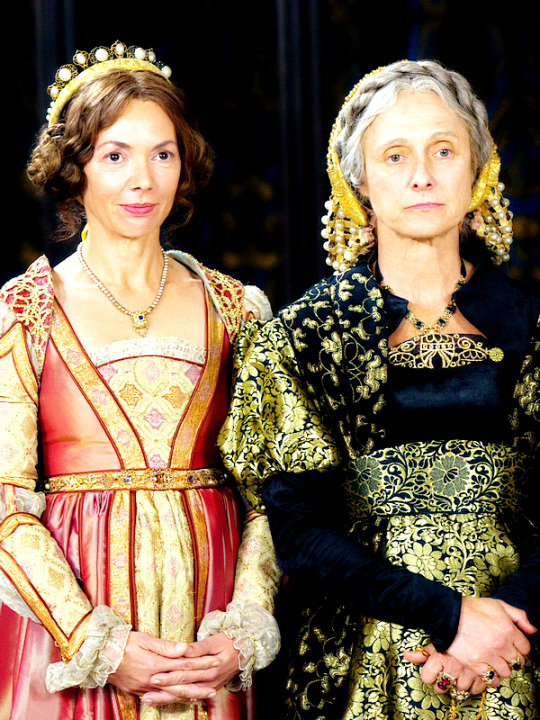
#the white princess#twpedit#perioddramaedit#Joanne Whalley#caroline goodall#margaret of york#cecily neville#my edits#stills
45 notes
·
View notes
Note
How did she get along very well with Richard,the youngest ?
We don't have much intel but considering that she:
Didn't fight at all his usurpation
Supported his heirs and spent the rest of her life trying to kill his murderer
I think it's quite clear she liked him.
4 notes
·
View notes
Text

Portrait of Margaret of York (d. 1503): on loan to the Medieval Women exhibition from Musée du Louvre
Medieval Women: In Their Own Words is on show at the British Library in London from 25 October 2024–2 March 2025.
Source: British Library
2 notes
·
View notes
Text

17 notes
·
View notes
Text
“Tudor historians ... write at length about Margaret (of York)’s involvement in the plots against Henry VII. They presented all attempts to overthrow Henry as part of her own malicious and obsessive vendetta against him. Polydore Vergil expressed the general view most succinctly when he stated that Margaret, ‘pursued Henry with insatiable hatred and with fiery wrath never desisted from employing every scheme which might harm him as a representative of the hostile faction.’
Edward Hall, who followed Polydore Vergil very closely, elaborated on this and added several fearsome phrases for ‘this diabolicall duches.’ Margaret was ‘lyke a dogge revertynge to her olde vomyte’ and ‘lyke a spyder that dayly weaueth when hys calle is tarne’. Hall examined the dowager’s motives in a paragraph which has been echoed by many later historians:
This lady Margaret although she knewe the familye and stocke of the house of Yorke to be in maner distroyed & vtterly defaced by her brother kyng Richard, yet not being saciate nor content with the long hatred & continual malice of her parentes which subuerted and ouerthrew almost the progeny and lignage of kyng Henry the vi and the house of Lancaster, nor yet remembryng the newe affinitie & strong alliaunce that was lately concluded, by the whiche the heyres of bothe the houses and progenies were vnited & conioyned together in lawfull matrimony, lyke one forgetryng bothe God & charite, inflamed with malice diabolicall instinction, inuented & practiced all mischiefes, displeasures and damages that she could deuyse against the kyng of England. And farther in her fury and frantyke moode (accordyng to the saiyng of the wise man, there is no malice equiualent nor aboue the malice of a woman) she wrought all the wayes possible how to sucke his bloud and copasse his destruccion as the principal head of her aduerse parte & contrary faccion, as though he should be a dewe sacrifice or an host immolated for the mutuall murder & shamefull homicide comitted and perpetrated by her brother and progeny.
In this extract Hall elevated Henry by comparing him with the sacrificial Lamb of God, and relegated Margaret firmly to the role of the devil’s agent.
Another major analogy for the Dowager, which became entrenched in the history books, originated with Bernard André, the blind tutor of Prince Arthur, Henry VII’s eldest son. As befitted a classical scholar he portrayed Margaret as the goddess Juno, notorious for her implacable desire for revenge, ceaselessly attacking the noble Henry who was cast in the role of Hercules. In the ‘Twelve Triumphs of Henry VII’, an epic poem also ascribed to André, Margaret was also compared to Menalippe, the Queen of the Amazons, another of Hercules’ enemies, and also to one of the heads of the monster Geryon, the other two heads being those of Philip and Maximilian. Here at least there was a recognition of how closely Margaret worked with the rulers of Burgundy.
...More recent English historians have echoed the Tudor line with considerable regularity. Even the charitable Hume considered that the Dowager’s behaviour towards Henry showed ‘a spirit of faction who entrenched somewhat the probity which shone forth in other parts of her character’. For Professor Mackie, Margaret was ‘always ready to play the kindly aunt to Henry’s enemies’. Writers in other fields have picked up this general verdict. The art historian, Professor Wilenski, suggested that Dirk Bouts portrayed Margaret as the wicked queen in his great dyptich ‘The Judgment of Otho’ because she was ‘rancourous and given to political intrigue’.
The source for all these opinions on the Dowager’s character was no less a person than Henry VII himself. He expressed his attitude towards Margaret with great conviction in a letter written to Sir Gilbert Talbot in 1493:
"not forgetting the great malice that the Lady Margaret of Burgundy beareth continually against us, as she showed lately in sending hither a feigned boy surmising him to have been the son of the Duke of Clarence … And forseeing now the perseverance of the same her malice, by the untrue contriving eftsoon of another feigned lad called Perkin Warbeck … wherethrough she intendeth by promising unto the Flemings and other of the Archduke’s obeissance to whom she laboureth daily to take her way, and by her promise to certain aliens, captains of strange nations, to have duchies, counties, baronies, and other lands, within this our royaume to induce them thereby to land here."
The King repeated his opinions in his instructions to his ambassador to France, who was told to inform the French King that the Dowager was misleading Maximilian and was wholly responsible for the past and for the threatened invasions of England. Although Henry had, by this date, very valid reasons for regarding Burgundy as a source of danger, his motives for accusing the Dowager rather than Maximilian were entirely diplomatic and totally ignored the fact that Margaret and Maximilian worked very closely together in their attempts to dethrone Henry.
Henry VII had an exaggerated notion of Margaret’s political influence, although he was not the first to respect and fear her authority. Louis XI of France had emphasised her role in diplomatic affairs and from the moment of her marriage to Duke Charles, the French King had regarded her as an active agent of the Anglo-Burgundian alliance. After 1477, Louis recognised the Dowager as one of the most vigorous opponents of France [...].
- Christine Weightman, “Margaret of York: the Diabolical Duchess”
#history#margaret of york#margaret of burgundy#the wars of the roses#historicwomendaily#house of york#tudor#tudor era#queue#mine
31 notes
·
View notes
Note
sorry to ask this, but why do you think margaret of york was so hellbent on stirring up trouble? i get losing two brothers and two nephews in a short time must've been huge, but how does hurting her niece (eoy) help anyone? do you think she did believe her nephews were alive as a cope to deal with it?
Hi! I've talked about Margaret of York's clash with Henry VII here, although I could have added more about Burgundy (Margaret's duchy by marriage)'s extremely volatile position in the 1480s and Henry VII's unwillingness to side with Burgundy against France at the time—in a way, Margaret was just helping Maximilian (Burgundy's regent) by helping him replace the king of England—and by helping Maximilian she was helping herself and her own widow/dowager privileges—though Maximilian was only too glad to place the blame entirely at her feet just a couple of years later. Afterwards, when Maximilian and Henry became enemies again, Margaret was quick to follow his cue and support another pretender against the English king. So, no, I don’t think she believed her nephews were alive to cope, I don’t think she had any kind of attachment to them as she had lived outside of England for so long she didn’t know them.
To sum up, there were economical reasons as well as personal and political ones. And to put Margaret in context, she comes from a family where brother executed brother and uncle usurped (and mostly likely murdered) nephew. To depose and muder her niece's husband was probably a small thing compared to those lol
27 notes
·
View notes
Note

Margaret of York wears a B pendant on her veil. Could Anne Boleyn have inherited it and be the famous pendant of her portraits?
I doubt very much it is same pendant. Jewelry based upon initials was popular in 15th and 16th century for quite a long while, so multiple people whose title or name started with letter B could have similiar looking pendants, brooches, etc.
But tbh i don't know what happened with Margaret of York's jewelry after she died. ...if something of hers was returned to England, or if it all stayed in Netherlands/Burgundy.
It's also difficult to guess size of this B pendant, because Margaret of York was reportedly around 6 feet tall. Very tall for woman even nowadays. So on smaller woman, that pendant would look bigger.
So...I don't think it likely, but I can't rule it out, especially given we have no surviving confirmed original of Anne Boleyn thus no original depiction of that pendant either. Either way, even if it was same pendant it'd have to be altered...because Anne's has 3 pearls not just one.
7 notes
·
View notes